Kava, scientifically known as Piper methysticum, is a plant native to the South Pacific Islands. Traditionally, it holds significant cultural value, often used in ceremonies to produce a beverage that induces relaxation and calmness. This ceremonial drink has effects similar to alcohol but without the associated mental cloudiness.
Key takeaway: Understanding the science behind Kava's mood-boosting effects can help us appreciate its potential benefits for emotional well-being.
In this article, we will explore:
- The chemical composition of Kava
- Neuropsychological theories supporting its effects on mood
- Health benefits associated with its consumption
By delving into these areas, we aim to provide a comprehensive understanding of how Kava can be an effective alternative for enhancing mood and managing emotional well-being.
1. The Science Behind Mood Enhancement: Neuropsychological Theory and Psychological Science
Neuropsychological Theories and Emotional States
Understanding how Kava influences mood requires a dive into neuropsychological theories. These theories examine the intricate relationship between brain function and behavior, particularly how chemical and structural changes in the brain affect emotional states. Kava's active compounds, known as kavalactones, interact with the brain's neurotransmitter systems to produce its mood-enhancing effects.
Key points to consider:
- Neurotransmitter Systems: Kavalactones primarily affect GABA (gamma-aminobutyric acid) receptors in the brain. GABA is a neurotransmitter that inhibits neural activity, promoting relaxation and reducing anxiety.
- Chemical Interactions: By binding to GABA receptors, kavalactones mimic the calming effects of GABA itself. This leads to decreased excitability of neurons and a subsequent reduction in anxiety and stress levels.
- Mood Regulation: Other neurotransmitters like dopamine and serotonin may also be influenced by kavalactones, contributing further to Kava's potential for enhancing positive emotions.
Psychological Effects on Mood and Cognition
Research into Kava's psychological effects provides evidence supporting its benefits for mood enhancement. Several studies have examined how Kava impacts anxiety relief, stress reduction, and its potential role in treating depression.
Significant findings include:
- Anxiety Relief: Numerous clinical trials have demonstrated that Kava significantly reduces symptoms of generalized anxiety disorder (GAD). Participants often report feeling calmer without the sedative side effects typical of conventional anxiolytic medications.
- Stress Reduction: Beyond anxiety relief, Kava has been shown to lower stress markers such as cortisol levels. Reduced cortisol contributes to better emotional well-being by mitigating the physical effects of chronic stress.
- Depression Treatment: Emerging research suggests that Kava may be beneficial in treating mild to moderate depression. Its mood-stabilizing properties can help alleviate depressive symptoms without causing dependency or severe side effects.
Emotional Well-being and Stress Relief
The connection between emotional well-being and stress relief is crucial when considering Kava's impact. Chronic stress can lead to various psychological issues, including anxiety disorders and depression. By alleviating stress, Kava indirectly supports overall emotional health.
Ways in which Kava promotes emotional well-being:
- Enhanced Relaxation: By acting on GABA receptors, Kava helps users achieve a state of calmness conducive to relaxation. This effect is particularly beneficial for individuals dealing with high-stress environments or situations.
- Improved Sleep Quality: Stress often disrupts sleep patterns, leading to insomnia or poor sleep quality. Regular use of Kava has been associated with better sleep outcomes due to its calming effects on the nervous system.
- Social Interaction Benefits: Reduced anxiety and improved mood can enhance social interactions, fostering a sense of community and belonging. Positive social experiences contribute significantly to emotional well-being.
Exploring these neuropsychological theories and psychological studies reveals that Kava's ability to influence mood is grounded in its interaction with key neurotransmitter systems. Understanding these mechanisms helps us appreciate why many people turn to Kava as a natural alternative for managing anxiety, reducing stress, and enhancing their overall emotional health.
For an in-depth exploration of the scientific aspects behind these claims,
2. The Chemical Composition of Kava: Key Players in Mood Enhancement
Piper methysticum, commonly known as kava, is a plant that holds botanical and cultural significance in South Pacific societies. Traditionally, the roots of kava have been used to create a ceremonial beverage known for its calming and mood-enhancing effects. This practice has been prevalent for centuries, with the beverage playing an integral role in social gatherings and spiritual ceremonies. To understand the full scope of kava's effects, it's important to delve into its chemical composition and how it interacts with our body.
Overview of Kavalactones
The psychoactive properties of kava can be attributed to its active compounds, known as kavalactones. These compounds are central to kava's pharmacological activity and mood-enhancing abilities. Among the 18 identified kavalactones, six are particularly significant:
- Kavain
- Dihydrokavain
- Methysticin
- Dihydromethysticin
- Yangonin
- Desmethoxyyangonin
Kavain and dihydrokavain are notable for their pronounced effects on mood enhancement. Kavain is often highlighted due to its strong anxiolytic properties, which help alleviate anxiety and induce relaxation without impairing cognitive function. Dihydrokavain contributes similarly by promoting a sense of calm and well-being.
Interaction with Neurotransmitter Systems
The interaction between kavalactones and neurotransmitter systems is key to understanding how kava influences emotional states. Kavalactones primarily target the gamma-aminobutyric acid (GABA) receptors in the brain. GABA is a neurotransmitter that plays a crucial role in reducing neuronal excitability, thus promoting relaxation and reducing anxiety.
Kavalactones enhance GABAergic activity by:
- Binding to GABA-A receptors
- Modulating the release of GABA
- Inhibiting the reuptake of GABA
This multifaceted interaction results in increased levels of GABA in the brain, which helps mitigate stress and anxiety while promoting a general sense of tranquility.
Key Compounds: Kavain and Dihydrokavain
Focusing on kavain and dihydrokavain provides insight into how specific kavalactones contribute to mood enhancement:
- Kavain:
- Exhibits strong anxiolytic effects
- Enhances mental clarity without sedation
- Promotes relaxation through modulation of GABA-A receptors
- Dihydrokavain:
- Contributes to overall calming effects
- Supports emotional well-being by interacting with GABAergic pathways
- Plays a role in stress reduction
These key compounds underscore kava's ability to act as a natural anxiolytic, offering therapeutic benefits for those seeking relief from anxiety and stress.
By understanding the chemical composition of kava, particularly its kavalactones, you can appreciate how this traditional plant exerts its mood-enhancing effects through sophisticated neurobiological mechanisms. This paves the way for exploring other potential health benefits associated with [kava consumption](https://health.clevelandclinic.org
3. Health Benefits Associated with Kava Consumption: Alleviating Anxiety, Enhancing Cognition, and More
Anxiety Relief and Stress Reduction
Kava is renowned for its effectiveness in alleviating anxiety and reducing stress levels. Several studies have highlighted its role as a natural anxiolytic:
- GABA Receptor Interaction: Kava's active compounds, particularly kavalactones like kavain and dihydrokavain, interact with GABA receptors in the brain. These receptors play a crucial role in promoting relaxation and reducing anxiety, similar to the effects of benzodiazepines but without the same risk of dependency.
- Clinical Research: A study published in the Journal of Clinical Psychopharmacology found that kava extract significantly reduced anxiety symptoms compared to a placebo. Participants reported improved emotional well-being and reduced stress levels after regular kava consumption.
Cognitive Effects
Kava also shows promise in enhancing cognitive functions. Research exploring its impact on mental clarity and concentration includes:
- Cognitive Enhancement: Kava has been shown to improve cognitive performance by reducing mental fatigue. A study in the Psychopharmacology journal indicated that participants consuming kava had better concentration and cognitive ability during tasks requiring sustained attention.
- Mood and Cognition Link: The mood-enhancing properties of kava contribute indirectly to better cognitive performance. By alleviating anxiety and stress, kava helps create a mental state more conducive to focus and clear thinking.
Additional Health Benefits
Beyond anxiety relief and cognitive enhancement, kava offers other potential health benefits:
- Depression Treatment: Emerging research suggests that kava could be effective in treating mild to moderate depression. Its interaction with neurotransmitters linked to mood regulation supports this potential use.
- Menopausal Symptoms: Some studies indicate that kava may help alleviate symptoms associated with menopause, such as mood swings and sleep disturbances.
By understanding these health benefits, you can appreciate Kava's multifaceted role in promoting emotional well-being and mental clarity.
4. Social Interaction and Emotional Contagion: The Role of Kava in Enhancing Social Experiences
Kava has deep cultural roots in the traditions of South Pacific communities, where it has long been used to encourage social interaction and improve shared experiences. The ceremonial use of kava during gatherings is important for promoting social bonding. This practice creates an atmosphere that encourages open communication and shared emotions.
Promoting Social Bonding
Kava's psychoactive effects promote relaxation and decrease anxiety, making it easier for people to feel comfortable in social situations. This leads to stronger group unity and a feeling of togetherness among individuals. Sharing kava from a communal bowl represents equality and mutual respect, strengthening social connections.
Impact on Facial Expressions and Emotional Contagion
Kavalactones, the active compounds in kava, affect neurotransmitter systems such as GABA receptors, which are known to regulate mood and reduce stress. Research suggests that these effects also influence facial expressions of emotion. When people consume kava together, they tend to display more relaxed and positive facial expressions. These expressions can be contagious, spreading feelings of calmness and contentment throughout the group.
Studies have shown that emotional contagion—where one person's emotions trigger similar emotions in others—is heightened by kava consumption. This effect improves the overall social atmosphere, making gatherings more enjoyable and emotionally fulfilling.
Practical Examples
- Traditional Ceremonies: In Fiji, the "Yaqona" ceremony involves drinking kava from a shared cup while sitting together, promoting a sense of community.
- Modern Social Contexts: In Western societies, kava bars have emerged as places where people gather to unwind and connect without the effects of alcohol.
Kava's ability to encourage social interaction and emotional contagion shows its unique role not only as a mood enhancer but also as a promoter of meaningful human connections. This adds another layer to its potential benefits for emotional well-being.
5. Safety Concerns and Regulatory Scrutiny Surrounding Kava Use: Navigating Liver Toxicity Risks and Varietal Differences
Concerns about liver toxicity have emerged as a significant issue when it comes to kava consumption. Reports of liver damage, including cases of severe liver failure, have led to regulatory scrutiny in multiple countries. Some studies suggest that the hepatotoxicity linked to kava may stem from interactions with other substances or the consumption of poor-quality products.
Noble vs. Non-Noble Kava
The safety profile of kava largely depends on the type of cultivar consumed:
- Noble Kava: Considered safe for regular use. Noble varieties contain lower levels of undesirable compounds like flavokavains, which are suspected to contribute to adverse effects. Noble kava is traditionally used in South Pacific cultures and undergoes stringent quality control measures.
- Non-Noble Cultivars: These are often associated with negative health outcomes due to their higher concentrations of harmful compounds. Non-noble kavas may be cheaper and more accessible but pose a greater risk for liver toxicity.
Regulatory Responses
Due to these safety concerns, several countries have imposed restrictions or outright bans on kava products:
- Germany: Implemented a ban on kava products in 2002, citing cases of liver damage.
- Canada: Issued warnings and placed restrictions on kava sales.
- United States: The FDA has advised consumers regarding potential risks related to kava use.
Despite these restrictions, ongoing research aims to differentiate between the safety profiles of noble and non-noble cultivars, potentially paving the way for more informed regulatory decisions.
Consumption Practices
To mitigate risks, it is crucial to adhere to responsible consumption practices:
- Choose Noble Kava: Opting for noble varieties can significantly reduce the likelihood of adverse effects.
- Quality Assurance: Ensure that the product meets high-quality standards and is free from contaminants.
- Consult Healthcare Providers: Especially important for individuals with existing liver conditions or those taking medications that could interact with kava.
Understanding these distinctions helps navigate the complexities surrounding kava's safety and promote its beneficial use while minimizing health risks.
Conclusion: Using Kava Responsibly While Recognizing the Need for More Research on Its Mood-Boosting Effects
Understanding how Kava affects mood requires a balanced approach. If you're considering using Kava as an alternative therapy to improve your mood, it's important to consume it responsibly.
Key Points for Responsible Consumption:
- Choose Noble Varieties: Opt for noble kava varieties, known for their safer profiles.
- Monitor Dosage: Stick to recommended dosages and avoid excessive use.
- Quality Matters: Ensure you are consuming high-quality, reputable products to minimize risk.
Kava shows promise in enhancing mood, but we still have much to learn about its effects. While studies suggest it may help reduce anxiety and stress, we need more research to fully understand its long-term impacts and safety.
It's essential that we continue investigating Kava's potential benefits. This includes studying how its active compounds work in the body, examining any possible health effects over time, and creating guidelines for its use that prioritize safety.
By following responsible consumption practices and advocating for further research, we can make the most of Kava's potential benefits while prioritizing our health and well-being.
FAQs (Frequently Asked Questions)
What is Kava and why is it culturally significant?
Kava, derived from the root of the plant Piper methysticum, holds significant cultural importance in South Pacific societies. It is traditionally consumed during social gatherings to promote relaxation and enhance emotional well-being.
How does Kava influence mood enhancement according to neuropsychological theories?
Neuropsychological theories suggest that Kava influences emotional states through its impact on neurobiology, particularly by affecting neurotransmitter systems. Research indicates that Kava can help alleviate anxiety, reduce stress, and potentially serve as a treatment for depression.
What are kavalactones and their role in Kava's effects?
Kavalactones are the primary active compounds found in Kava, with key players like kavain and dihydrokavain. These compounds interact with neurotransmitter systems, such as GABA receptors, contributing to Kava's psychoactive properties and mood-enhancing effects.
What health benefits are associated with Kava consumption?
Kava has been supported by research for its potential health benefits, particularly in managing anxiety and reducing stress levels. Additionally, studies have examined its cognitive effects, indicating improvements in concentration and mental clarity.
What safety concerns should be considered when using Kava?
Safety concerns regarding Kava primarily revolve around reports of liver toxicity linked to its use. It's important to distinguish between noble kava varieties, which are generally considered safe, and non-noble cultivars that may pose health risks.
What responsible consumption practices should be followed when using Kava?
When consuming Kava as an alternative therapy for mood enhancement, it is essential to practice responsible consumption. This includes understanding its effects on mood and recognizing the need for further research to fully appreciate both its potential benefits and risks.

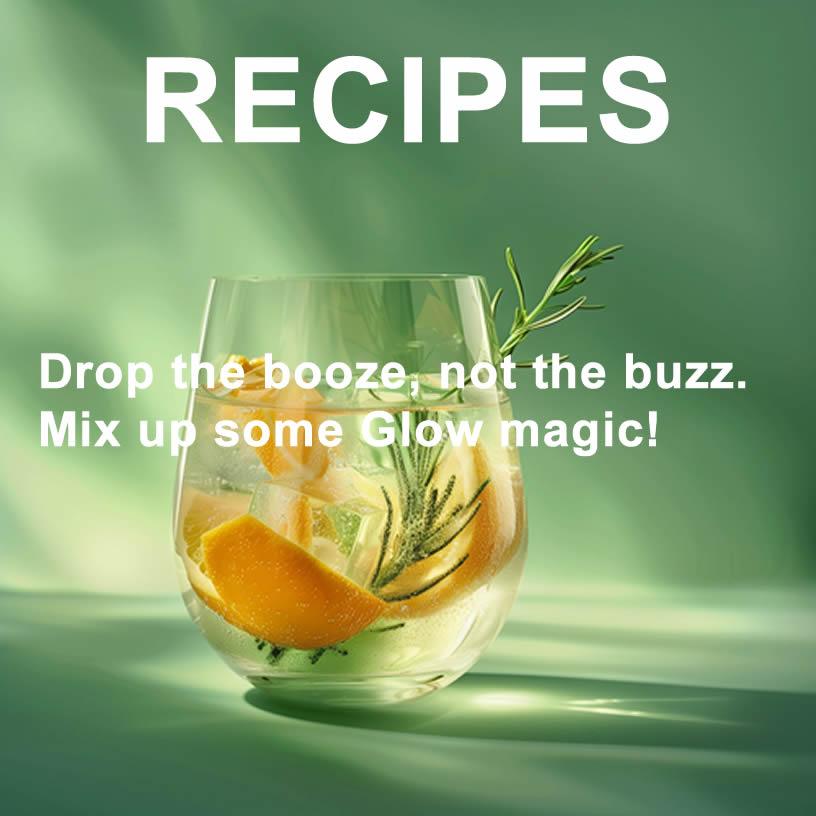

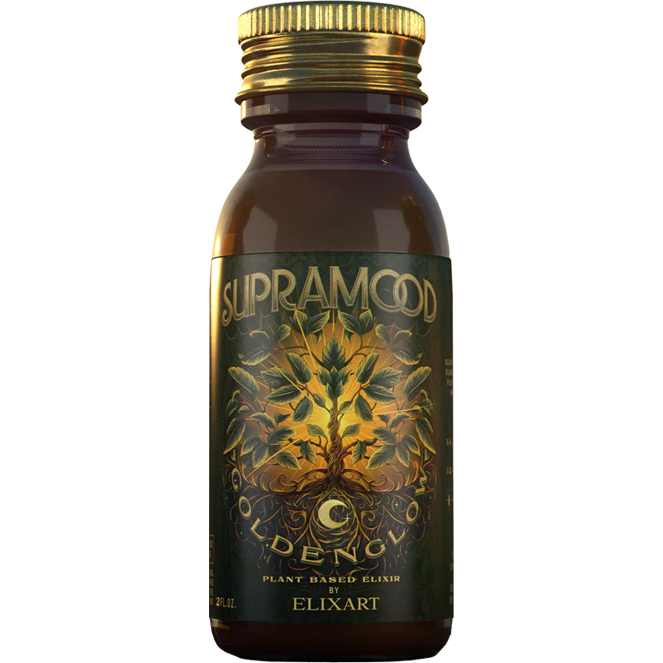
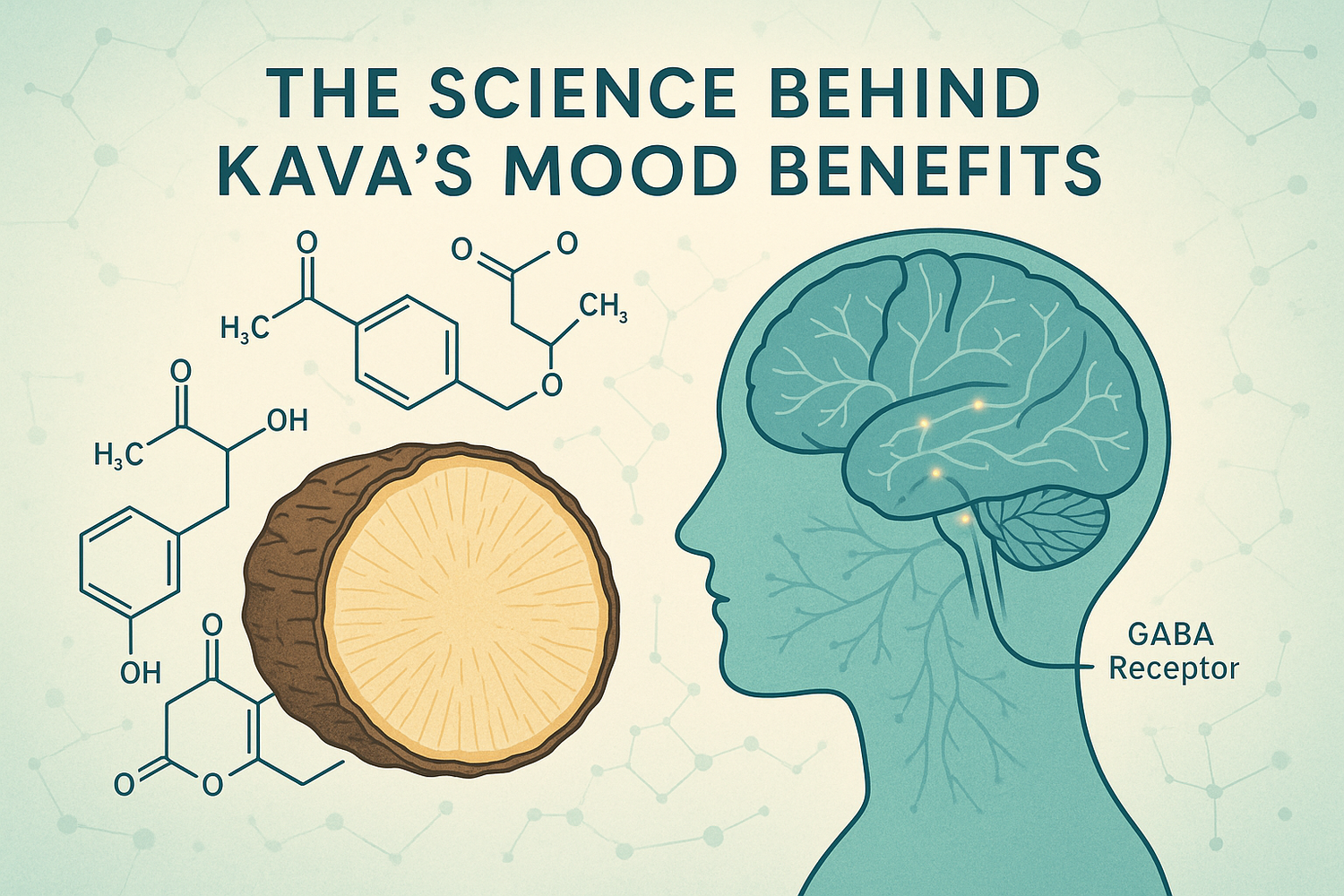
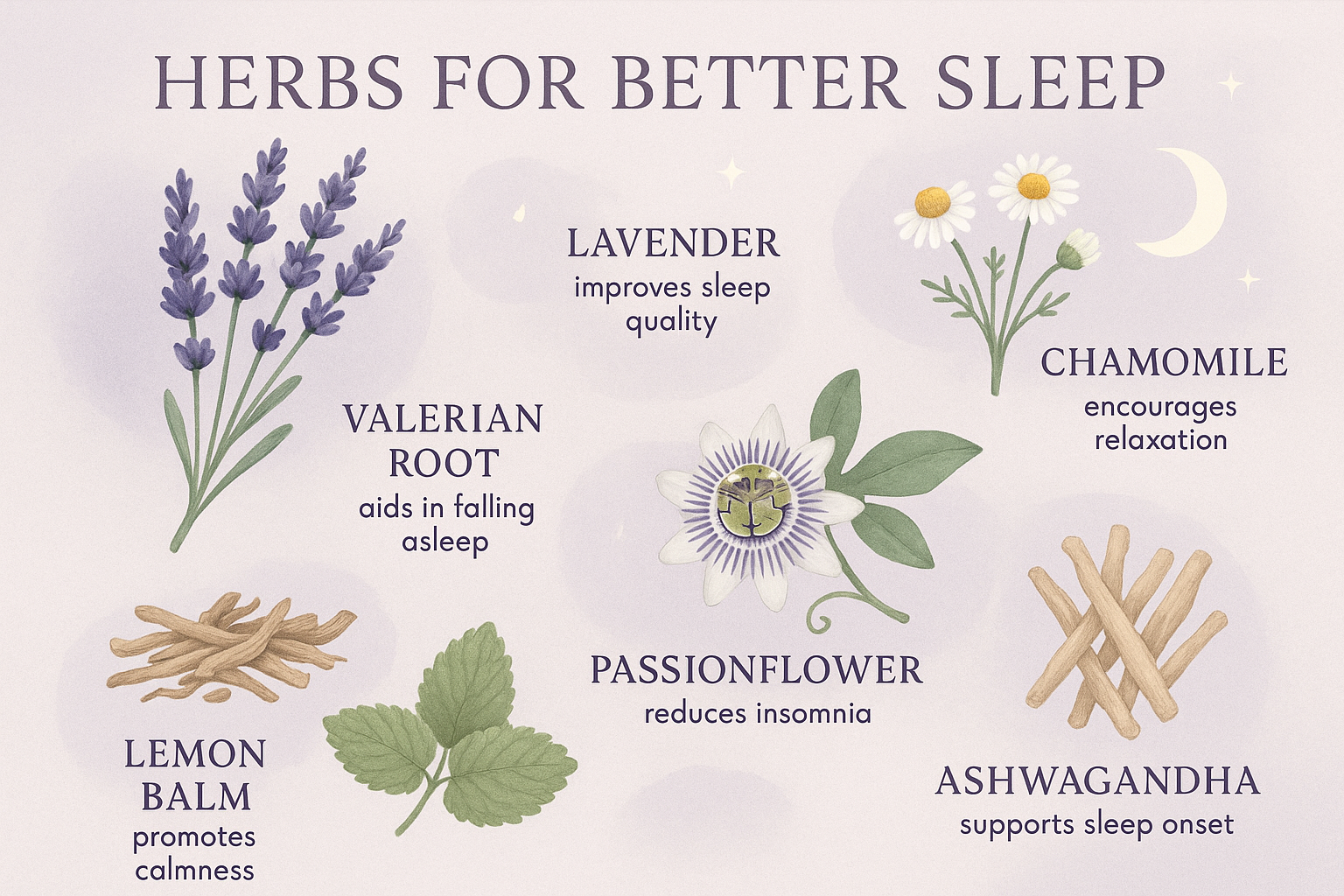
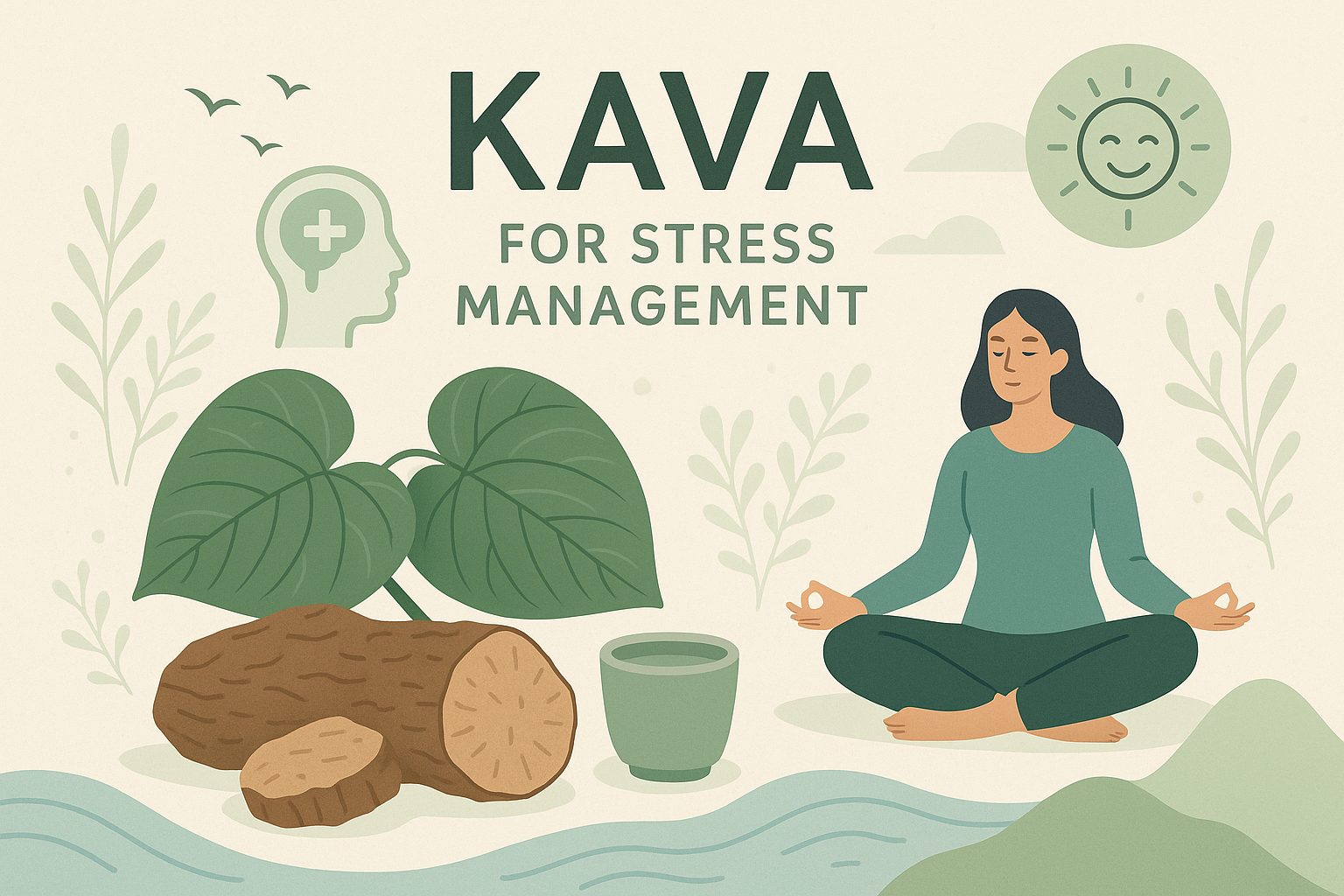
Leave a comment
This site is protected by hCaptcha and the hCaptcha Privacy Policy and Terms of Service apply.